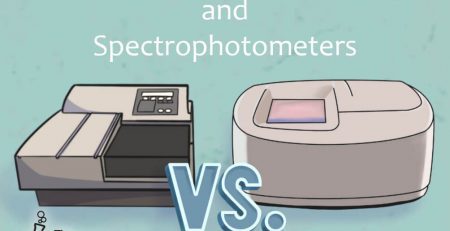MIT Researchers Develop Device Capable of Extracting Water From Thin Air
MIT engineers have developed a prototype of a new two-stage water harvesting system capable of extracting “drinkable water directly from the air even in dry regions, using heat from the sun or other sources,” according to a statement. A description of this prototype has been published in the journal Joule.
“In areas where water scarcity is a problem, it’s important to consider different technologies which provide water, particularly as climate change will exacerbate many water scarcity issues,” MIT graduate student Alina LaPotin told New Scientist.
This iteration of the device was built on a previous design developed three years earlier by members of the same team. Instead of using the metal organic frameworks, or MOFs, the original design used, this new iteration uses an adsorbent material called a zeolite, “which in this case is composed of a microporous iron aluminophosphate,” which is widely available, stable, and “has the right adsorbent properties to provide an efficient water production system based just on typical day-night temperature fluctuations and heating with sunlight.”
“This is an interesting and technologically significant work indeed,” Guihua Yu, a professor of materials science and mechanical engineering at the University of Texas at Austin, said in a statement. “It represents a powerful engineering approach for designing a dual-stage AWH device to achieve higher water production yield, marking a step closer toward practical solar-driven water production.”
Check out the device in action here.














